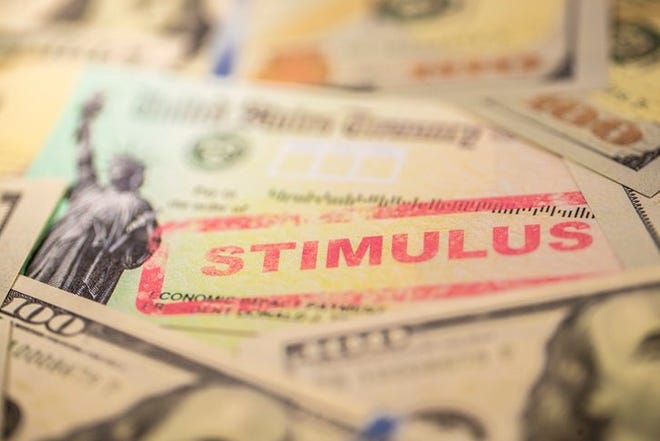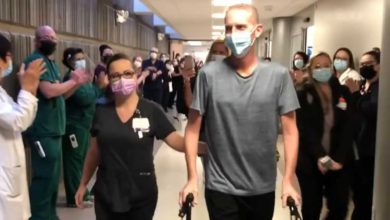
Americans’ incomes fell last year and more people were living in poverty as the COVID-19 pandemic threw millions out of work.
Median U.S. household income decreased 2.9% to $67,500, the U.S. Census Bureau said Tuesday, the first significant decline since 2011. That followed gains of 1.8% in 2017, 0.9% in 2018 and 6.8% in 2019.
Household income includes bonuses, Social Security, public assistance payments and interest and dividend from investment, among other sources.
And the economic toll taken by the pandemic and state lockdowns increased poverty for the first time in six years. There were 37.2 million people in poverty last year, 3.3 million more than in 2019. The poverty rate rose after five straight annual declines, to 11.4% from 10.5% in 2019.
An unfortunate streak:Why do these two cities have the worst unemployment rates since 1990?
Buying a house? Now might be the perfect time if you are in these metro markets
The pandemic wiped out 22.4 million jobs early last year and triggered the deepest recession in U.S. history as states ordered business closures to contain the spread of the virus. The unemployment rate shot up to 14.8%, highest since the Great Depression.
The federal government responded by unfurling a vast social safety net that included three rounds of stimulus checks, totaling $3,200 for most individuals, enhanced unemployment benefits, expanded food stamps and a moratorium on evictions, among other assistance.
As businesses reopened or ramped up operations, the two-month downturn proved the shortest on record and the nation recovered about 12 million of the 22 million lost jobs by year-end. Unemployment sank to 6.7% by year-end and 5.2% last month. But despite the strongest economic growth since the early 1980s, the U.S. is still 5.3 million jobs short of its pre-pandemic level and COVID's delta variant recently has slowed employment gains and economic growth.
As millions of workers lost jobs, more people went without health insurance. Last year, 8.6% of Americans, or 28 million, didn’t have health insurance at any point in the year. In 2019, 8%, or 26.1 million people weren’t covered at any point in the year.
From 2018 to 2020, the share of people covered by private health insurance declined by 0.8 percentage points to 66.5% as employer coverage fell 0.7 percentage point to 54.4%. In that period, the rate of public health coverage rose 0.4 percentage point to 34.8%.
For the second straight year, the numbers were skewed by reduced responses to U.S. Census survey takers during the COVID-19 pandemic. Census officials noted the response rate to its annual survey was just 73% in March of last year because of the health crisis, compared to about 83% in prior months and a year earlier.
The report highlights a wealth and income gap that was substantially widened by the health crisis. While the inflation-adjusted median earnings of all workers slipped 1.2%, the median pay of full-time, year-round workers increased 6.9%. The number of people with earnings fell by 3 million while the number of full-time, year-round workers plunged by 13.7 million.
The Midwest had the sharpest median income drop, at 3.2%. Median income fell 2.3% in both the South and West and was generally unchanged in the Northeast.
Among races, median income declined 2.7% for White households, 4.5% for Asians and 2.6% for Hispanics. Income for Black households was roughly flat.
Median earnings for men who worked full-time and year-round increased by 5.6% to $61,417 and for women, by 6.5% to $50,982.

Source link







